Making historic buildings energy efficient – Heating and Insulation
Old v. New Heating Strategies
Older buildings were constructed as a cellular arrangement of rooms that would be individually heated as and when they were being used. In comparison, modern heating strategies use electronic controls to tailor the heating in the house to your exact preference. It is also important to consider the difference in building materials used in the construction of old buildings compared to the present day. These materials may not necessarily be compatible to use together, for example, the very hard material of concrete may damage the softer materials of the older building.

The older houses were built with the principles of using traditional methods of retaining heat, for example:
- Closing heavy curtains
- Shutting internal doors
- Closing shutters at night
- Utilising the thermal mass of the structure to retain heat from fires and slowly release it over a longer period of time
Nowadays houses are built with heating features such as insulation, electronic heating system and waterproof cladding.
Insulating historic buildings
The insulation of historic buildings is one of the most important aspects to consider when upgrading the infrastructure of an old building. Traditionally, older buildings have solid walls, whereas newer buildings tend to have cavity walls
A cavity wall is a wall formed of 2 separate walls (usually brick and block) with a space between them. Insulation is fitted in the space between them meaning there is one “wet” wall, on the outside of the building, and one “dry” wall on the inside of the building.
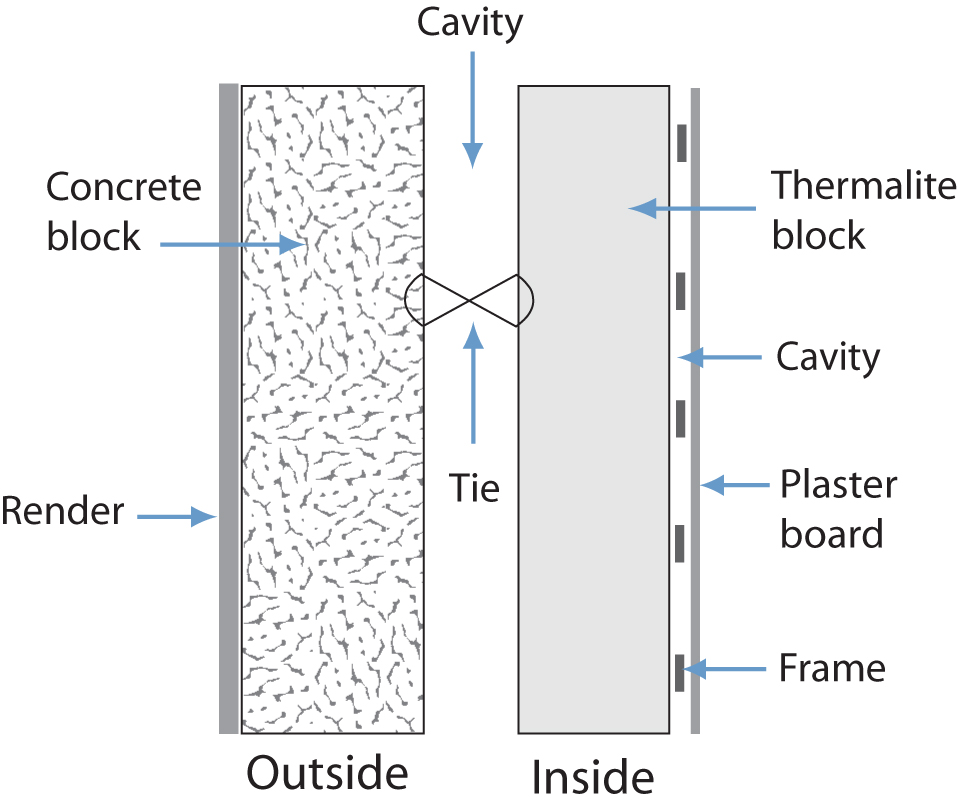
Older buildings don’t have this cavity insulation, the walls allow a degree of moisture penetration into their structure but avoid damp problems due to the breathable nature of the materials used, for example renders based on lime, earth or clay and finishes such as lime wash. These materials absorb water, but also allow for easy evaporation.
Therefore, using modern construction methods such as cement-based materials, ‘plastic’ paints and waterproof sealants will not be effective on an older building and could damage the walls of the property.
Natural insulation materials tend to be much more breathable than synthetic materials and therefore will be more effective and less damaging to use on an older building. They act as moisture buffers and tend to “breathe” with the original walls of the building. Examples of these natural materials include wood fibre, hemp, sheep’s wool, cellulose, aerogel, calcium silicate and many more.
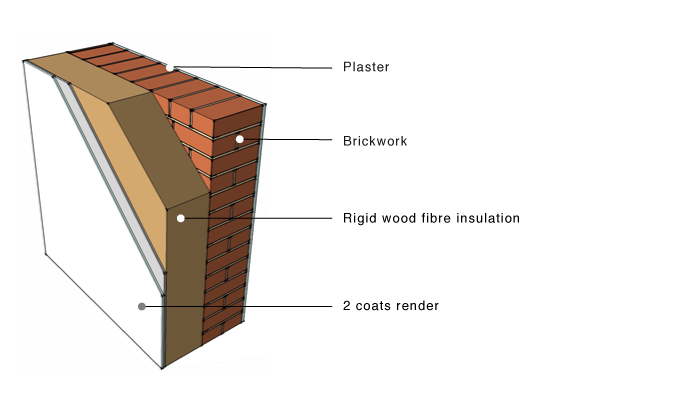
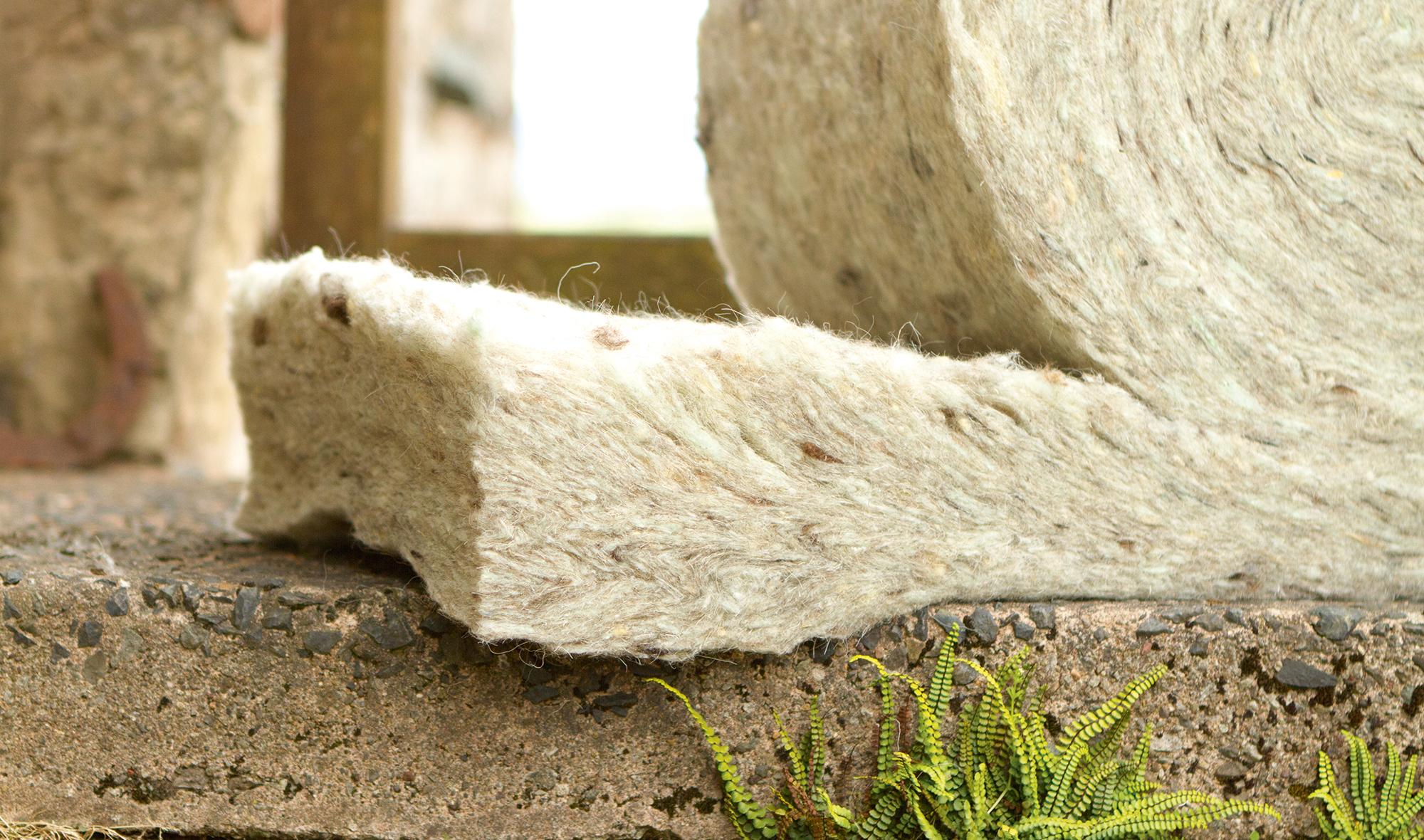
Sheep’s wool insulation
These materials will also have excellent sustainable properties, such as:
- Low embodied carbon
- They improve indoor air quality
- They are easy to recycle at the end of their life
Tips to make your building more energy efficient
When making historic buildings more energy efficient there are some simple things that you can do to begin with, that a relatively inexpensive and are less likely to cause problems with the structure of the building itself.
- Fit draught excluders to letterboxes and outside doors
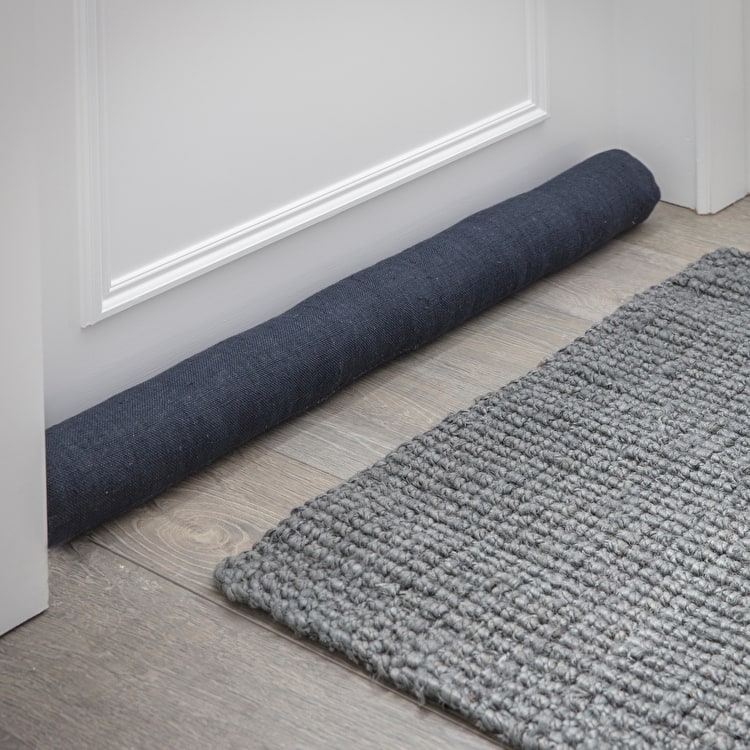
- Invest in heavier curtains
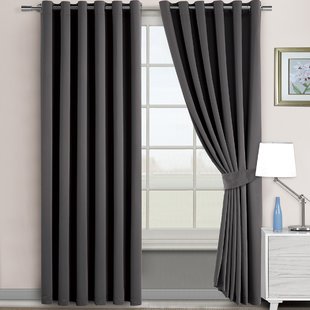
- Ensure that radiators aren’t blocked by furniture
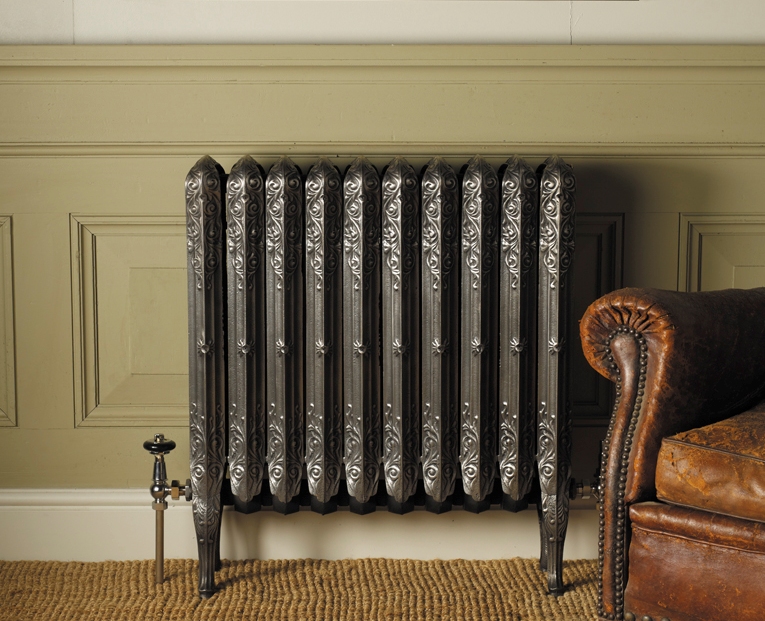
- Mend any broken windows
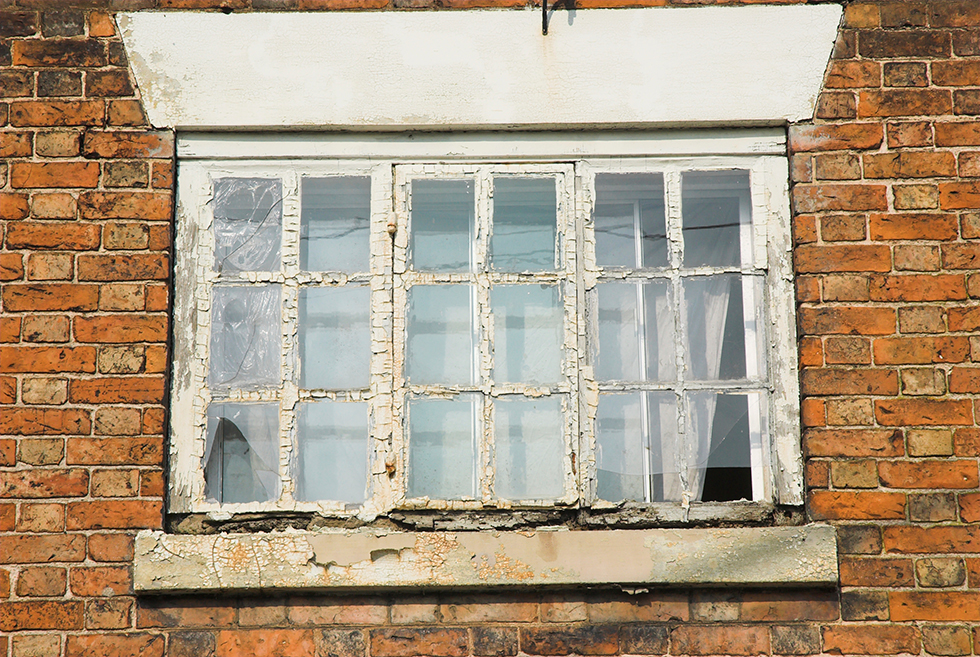
- Fill in any gaps in wooden panelling
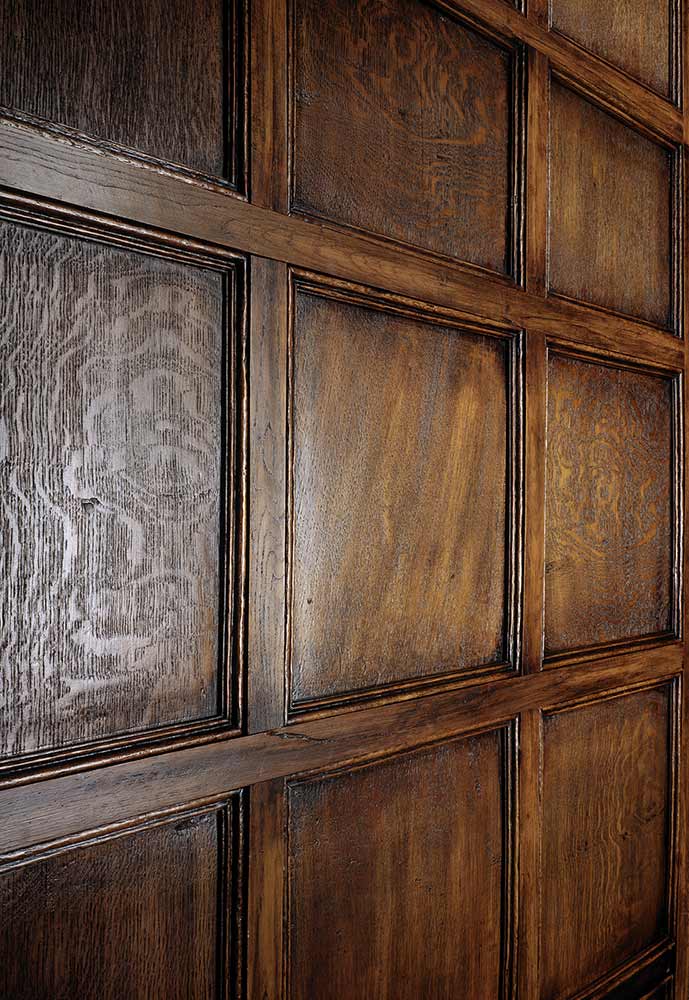
- Get LED lights fitted

- Clear out the gutters and the drains (these make the walls cold!)
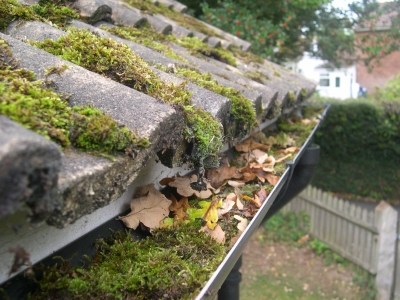
More expensive methods that would be the next step up from this would be:
- Installing programmable thermostats
- Make sure all the heating and hot water pipes are well insulated
- Wood burning stoves fuel much more efficiently than open fires and cause fewer draughts
